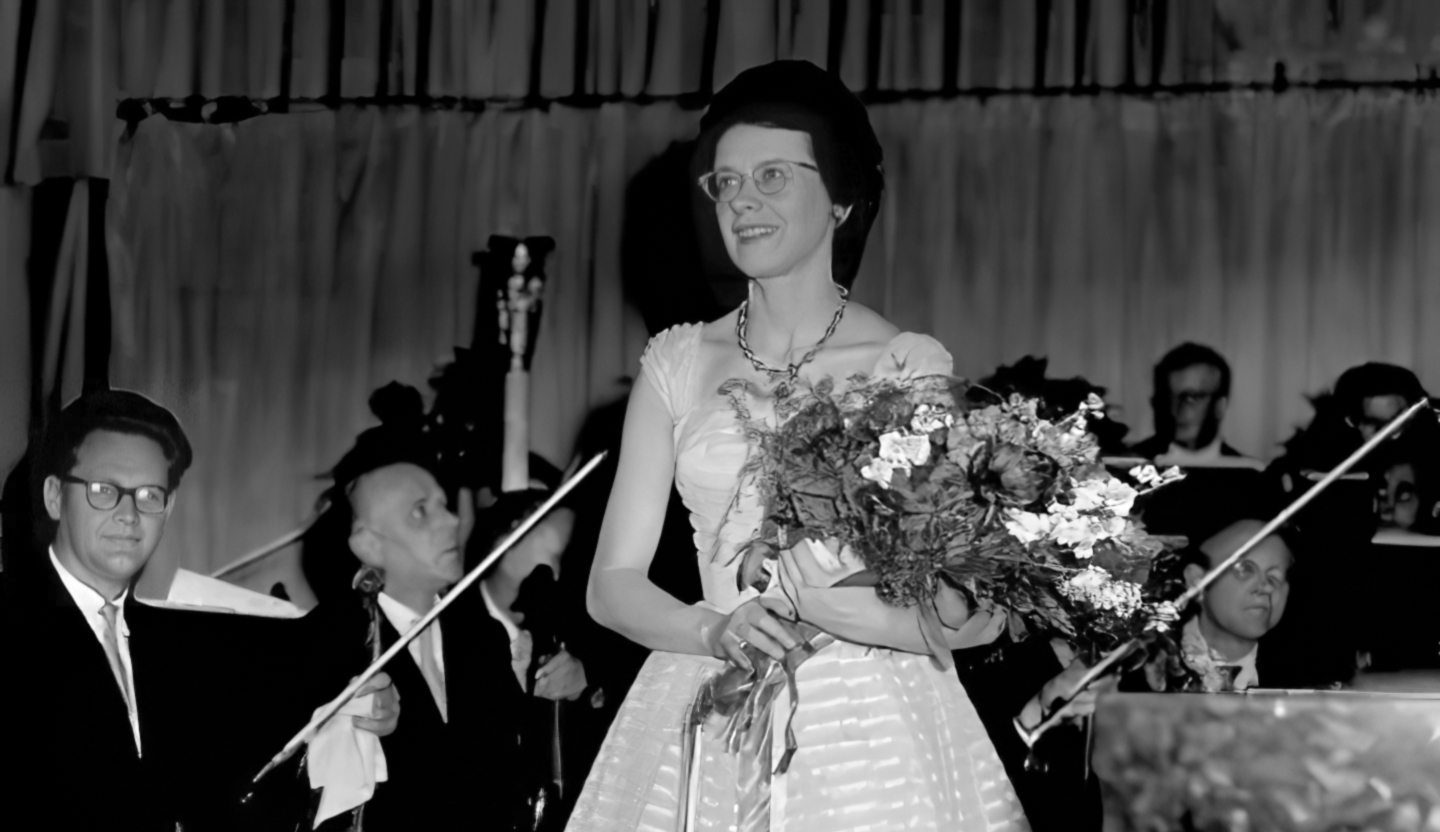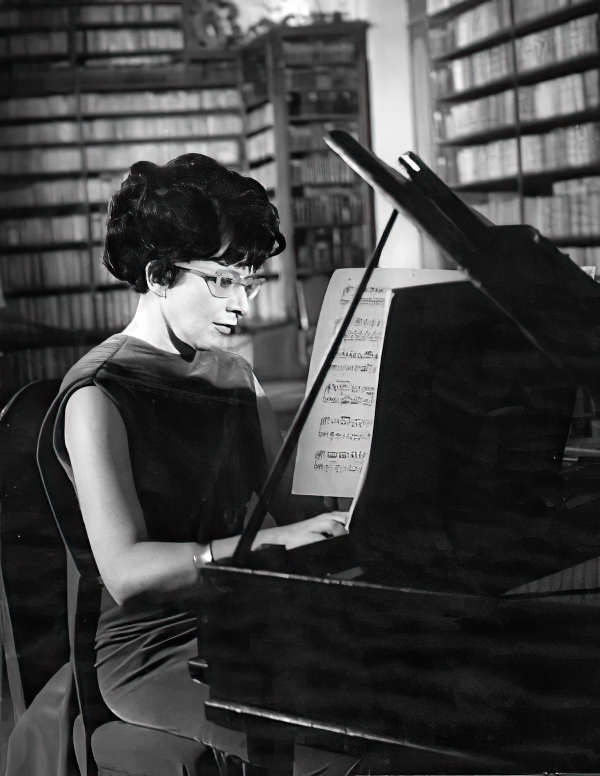Theresienstadt was originally established to act as a smokescreen for how the Nazis were supposedly addressing the “Jewish question”. It appeared as a kind of “model community” for German, Czech and Austrian Jews, many of whom were intellects, scholars, artists, and part of the cultural elite. This would be advertised and seen by ‘critical’ observers from the West, giving the idea that life in the camp was flourishing, and comfortable. In fact, the Jews who were being interned there suffered enormously and, if they survived their time in Theresienstadt, were almost all sent onto other camps across occupied Europe. Living quarters were basic, disease was widespread and food rations extremely limited. Under the false premise of the camp being somewhere beneficial for the inmates, a “Council of Elders” was created, despite being primarily run by the SS. Women and children were housed in separate barracks from the men and, almost immediately upon her arrival, Růžičková was introduced to Freddy Hirsch, a 25-year-old German Jew who assumed responsibility for caring for the camp’s many children by arranging activities and exercise. Hirsch ran the two barracks designated for the youths named the Children’s Homes. On their meeting, she fondly reflected: “He saw that I was ill, so he immediately began to take care of me; gave me some medicine. He was a very crucial person for my whole life”.
Růžičková joined a small group of twelve children whom Hirsch taught to draw, to play games and provided with songs to sing. Whilst her experiences living in the Children’s Homes with Hirsh and the other children in Terezin were somewhat positive due to the activities provided, life continued to be extremely difficult for her family. Her mother experienced severe digestive problems due to the lack of nutritional food and her father, who she was permitted to visit once a week, suffered from depression having learned of the public hangings and violent actions against other male inmates that occurred in the camp. Eventually, her father was given a better work position in the camp which slightly improved things: “My father went into the so-called Ordnungsdienst, which was a sort of police. They took care that there was no crime or disorder and that the older people were taken of”. Unfortunately, her grandparents both perished in the camp, and their ashes thrown into a nearby river.
While Růžičková was unable to actively create or make music in the camp, given that there was only one piano to be shared amongst the many musicians who were interned there, she was able to start a group who would recite poetry and fictional stories: “I started another activity. Of course, I sang a lot; I had a group of children singing. And then one thing that I should have mentioned with my childhood, my father used to read to us when I was a child, and what he read to us was wondrous. He read us Odyssey and Iliad of Homer, and I think that is part of my makeup, this feeling of rhythm and meter. And so, I also started in Theresienstadt a group for recitation. That was a very common thing then, these voice bands. And we studied poems, and I divided the group into chorus and soloists — choral readings”. She was also able to smuggle some written music into her suitcase, including Bach's French Suites, and Dvořák's Serenade in A Major, which was the last piece that she had played with her tutor Provazniková.
In Terezin, Růžičková carried on her Zionist activities, and took on administrative duties listing the names of new arrivals of children and passing on messages. She also performed agricultural tasks which she preferred, as it took her outside of the camp walls. Despite the physical demand of the labour, Růžičková referred to this period as being her “happiest time in Theresienstadt”. Similarly, she lived for the evenings which were, as she recalls, full of cultural activities: “Almost every house had an attic where something was going on - lectures or lessons in Hebrew. There was a piano, a string quartet, a former first violinist of the Czech Philharmonic, wonderful pianists”. Yet, the notion of transports to the East kept the inmates in a constant state of worry, as did the speculations that those who were deported were being sent to their deaths. She recalled: “One of the most sadistic things the Germans did was to leave the choice of who would go to the Council. So, they tried not to send families where all the members were still alive. Only where somebody had already died”.
On 10th May, Růžičková was informed that her father was dying. Unable to operate, camp doctors could only provide painkillers, leaving her and her mother in a deep state of grief: “Then it all ended. My mother was desperate. She wanted to take her life too. I was desperate too. I felt deserted even by her because I thought she wanted to leave me too. I was too childish to understand it”.
Somehow, life went on for Růžičková. She continued her work and education, and even had romantic pursuits. By 1943, rumours surrounding the end of the war circulated, raising morale and determination to survive until the allied liberation. She recalled the visitation of the Swiss Red Cross, in preparation for which the Nazi’s began to “tidy” up the camp. Růžičková noted that they even retrieved a group of children previously deported to Auschwitz-Birkenau, although the children were so traumatised that they were “sent back” to the death camp. She noted: “At that point the idea that people were being exterminated became real; I half believed it and half didn't”. Eventually, in December 1943, the time came for her mother to be transported to Auschwitz. Although she was given the chance to stay with her Zionist group in Theresienstadt, Růžičková decided to go with her mother: “So, we went. That's the end of the Terezin era”.








